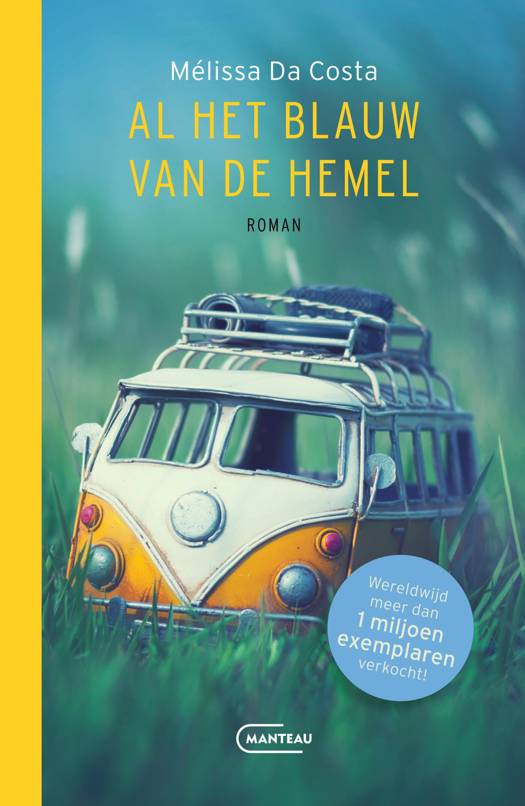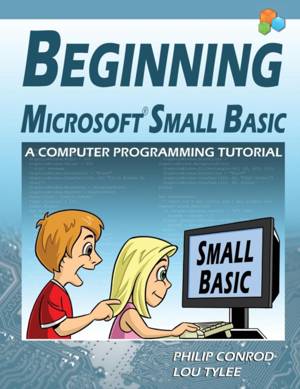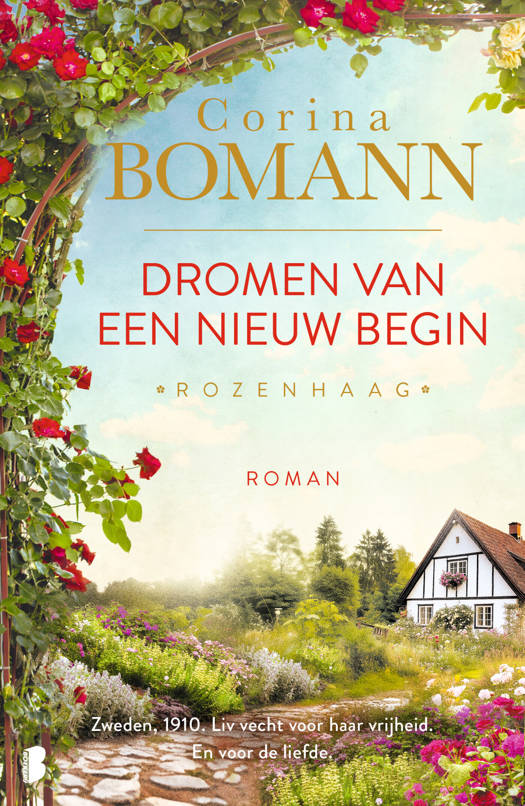
- Afhalen na 1 uur in een winkel met voorraad
- Gratis thuislevering in België vanaf € 30
- Ruim aanbod met 7 miljoen producten
- Afhalen na 1 uur in een winkel met voorraad
- Gratis thuislevering in België vanaf € 30
- Ruim aanbod met 7 miljoen producten
Zoeken
Beginning Microsoft Small Basic - A Computer Programming Tutorial - Color Illustrated 1.0 Edition
Philip Conrod, Lou Tylee
Paperback | Engels
€ 69,95
+ 139 punten
Omschrijving
The BEGINNING MICROSOFT SMALL BASIC computer programming tutorial is an interactive self-study color illustrated tutorial textbook explaining in depth the new Microsoft Small Basic development environment using many Microsoft Small Basic program examples. This course is written for the absolute beginner programmer and can be used by students (10+ years old) as well as adults. The BEGINNING MICROSOFT SMALL BASIC programming tutorial consists of 400+ pages explaining (in simple, easy-to-follow terms) how to build Small Basic applications. You will learn about program design, text window applications, graphics window applications and many elements of the Small Basic language. Numerous examples are used to demonstrate every step in the building process. The tutorial also includes several detailed computer programs to illustrate the fun of Small Basic programming. Finished programs can even be published on-line to share programs with others. The last chapter of the tutorial shows you the source code for a couple of David H. Ahl's classic BASIC Computer Games ported into several different computer programming languages including BASIC, Microsoft Small Basic, Visual Basic, Visual C#, and Java. No programming experience is necessary, but familiarity with doing common tasks using a computer operating system (simple editing, file maintenance, understanding directory structures, working on the Internet) is expected. The course requires Windows 8, 7, Vista or XP, ability to view and print documents saved in Microsoft Word format and Adobe Acrobat Reader, and the Microsoft Small Basic 1.0 development environment. The Small Basic source code and all needed multimedia files are available for download from the publisher's website (www.KidwareSoftware.com) after book registration.
Specificaties
Betrokkenen
- Auteur(s):
- Uitgeverij:
Inhoud
- Aantal bladzijden:
- 442
- Taal:
- Engels
Eigenschappen
- Productcode (EAN):
- 9781937161545
- Verschijningsdatum:
- 8/06/2014
- Uitvoering:
- Paperback
- Formaat:
- Trade paperback (VS)
- Afmetingen:
- 216 mm x 279 mm
- Gewicht:
- 1016 g

Alleen bij Standaard Boekhandel
+ 139 punten op je klantenkaart van Standaard Boekhandel
Beoordelingen
We publiceren alleen reviews die voldoen aan de voorwaarden voor reviews. Bekijk onze voorwaarden voor reviews.











